After Rome, Milan – the capital of Lombardy – is the second most populous city in Italy.

Along with Paris, London or New York, Milan is one of the capitals of fashion and the home of famous brands, such as Giorgio Armani, Gucci, Roberto Cavalli, Versace or Dolce&Gabbana.
Located in the north of Italy, Milan is a metropolis that combines ancient and fascinating culture with creativity and modernity, being one of the most developed urban regions of the country.

To get discounts on museum entry, you can opt for the Milano Card 24h (€8/person), 48h (€14/person) or 72h (€19/person). With the card you can travel for free on any public transport, and discounts for museums or hop-on/hop-off bus tours range from 10% to 50%. In addition, you can benefit from discounts at certain restaurants, shops, bars or receive a free panettocino from Patisseria Vergani – one of the oldest patisseries that has been producing authentic panettone since 1944.
You can buy the card online by going to this website and then pick it up at the Central Station.
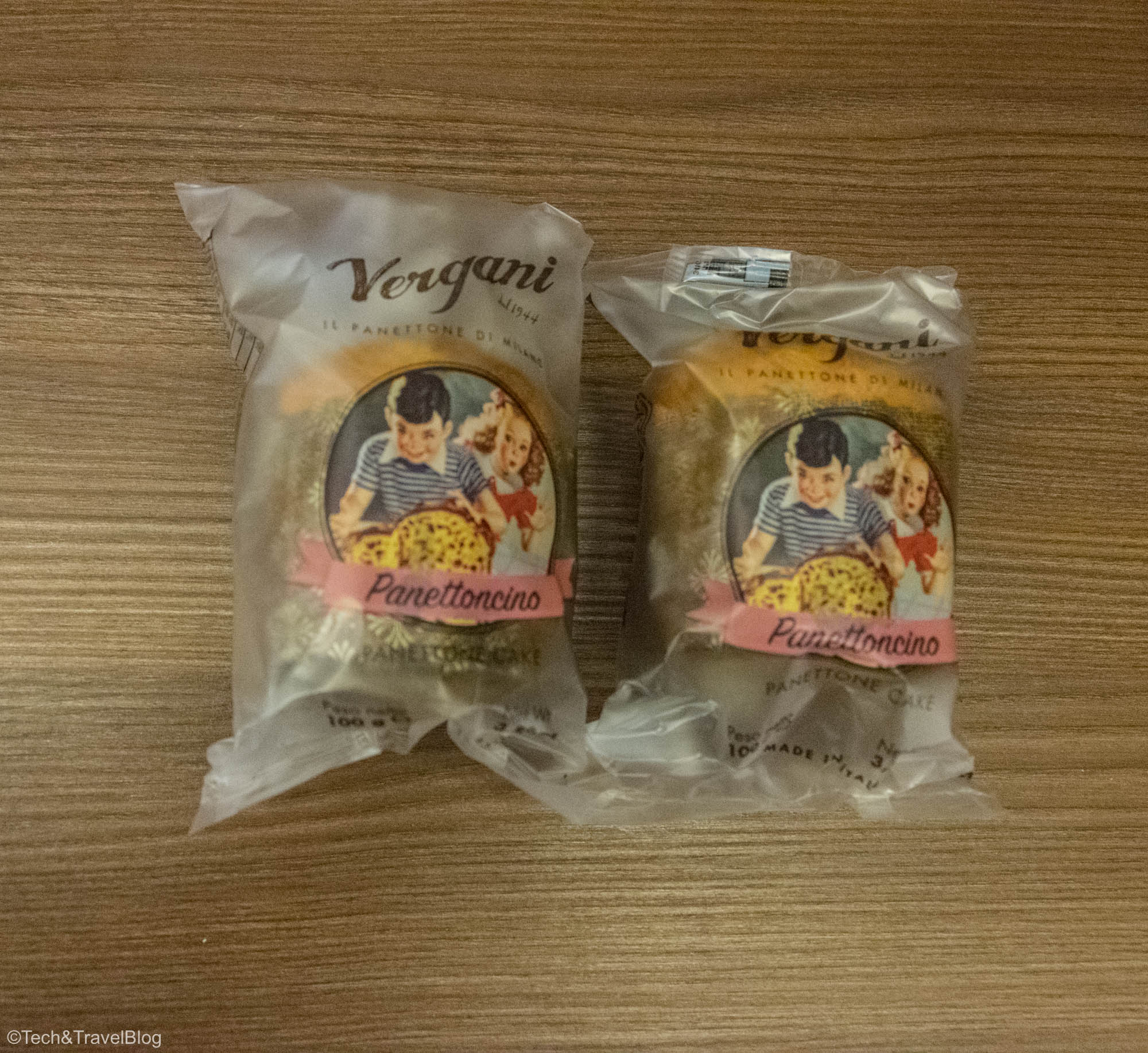
What can you visit in Milan?
Piazza del Duomo – the popular square in Milan where the Duomo is located – the country’s most important and extravagant building built in the late Gothic style and the second largest cathedral by area in Italy, after St. Peter’s Basilica in the Vatican.

The construction began in 1386 and lasted around 600 years, the cathedral being adorned with 135 towers, the tallest being 109 meters, and over 2000 statues.

Being one of the emblematic images of Italy and Europe, the cathedral is dedicated to Saint Mary the Mother of God (Santa Maria Nascente) – the protector of the city – represented by a statue on the main peak of the building, since 1774. The statue is covered with 33 tiles of gilded copper and 6750 sheets of gold foil, it has a height of 4.16 meters, 399,200 kg – the weight of the plates and 584,800 kg – the weight of the stainless steel supporting structure. Inside the cathedral is a 1:1 scale statue made of wax and gold leaf.

Prices: entrance to the cathedral – 3€/person; terrace – €9/person/up the stairs; €13/person/up by the lift; Duomo Pass A: €12/person (entrance to the cathedral, terrace – up the stairs, Duomo Museum, Archaeological Zone and San Gottardo Church); Duomo Pass B: €16/person (entrance to the cathedral, terrace – up by elevator, Duomo Museum, Archaeological Zone and San Gottardo Church);

Tickets can also be purchased online, from the official website.
The Royal Palace – is located in Piazza del Duomo and houses the Museum of Contemporary Art and The Duomo Museum. In addition to these, the palace is an important cultural center where events and art exhibitions take place.

Galleria Vittorio Emanuele II is one of the oldest malls in the world, being named after Victor Emanuelle II, the first king of Italy. The gallery connects two of the most important areas of the city, Piazza del Duomo and Piazza della Scalla. In addition to luxury stores, the historic building houses some of the city’s oldest restaurants, such as Savini Ristorante (1867), Camparino (1867) or Ristorante Biffi (1852).

Opera House and The Statue of Leonardo da Vinci. Teatro alla Scala is perhaps the most important opera house in the world and the largest in Italy, with a 3,000-seat auditorium. For those who want to attend a show, they must reserve tickets well in advance.
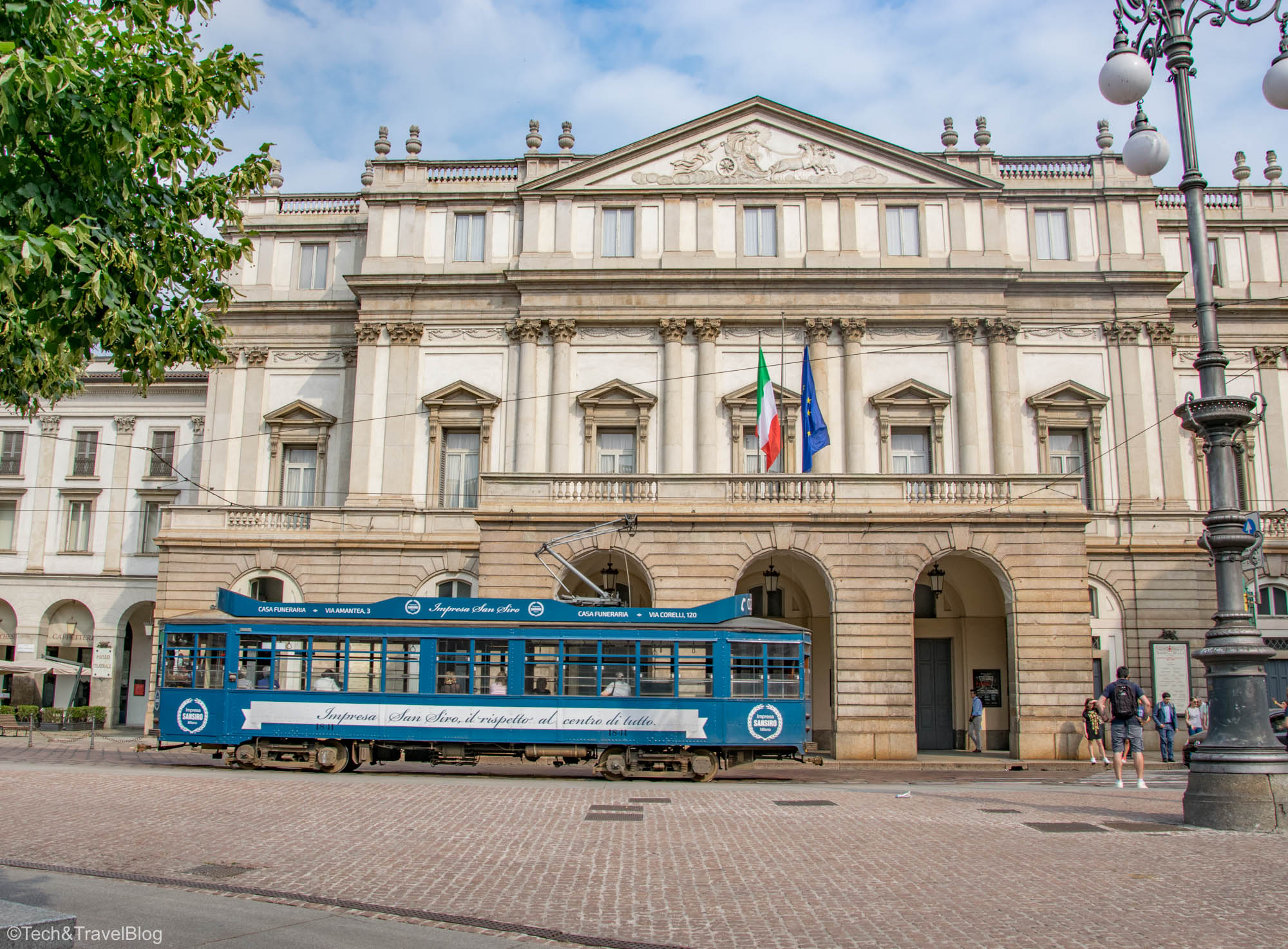
La Scala also has a museum where you can admire representative exhibits associated with the great composers of Italy such as Rossini, Verdi, Puccini or Toscanini, paintings, scores and sketches, ancient musical instruments and much more. Entrance to the museum costs €7/person, and with Milano Card you have a 30% discount.

In front of the opera is the statue of Leonardo da Vinci, erected in 1872 by Pietro Magni. Although he did not live very long in Milan, Leonardo da Vinci created one of his most famous paintings here – The Last Supper – which decorates the former dining room of the Santa Maria delle Grazie church.
The artist spent two years painting the fresco, between 1495 and 1497. Due to the bombings of the Second World War, the painting is not in the best condition, but it is still one of the world’s most iconic works of art, attracting millions of visitors every year.
Only a limited number of people are allowed to enter the area where the painting is located at the same time, after they are checked that they are not carrying anything that could damage the work. To see the artwork, you need to book your ticket at least one month in advance. Unfortunately we didn’t manage to see it, but it is definitely on our list for the next visit to Milan.

Sforzesco Castle and Sempione Park. The Sforzesco Castle was built in 1300 by the Visconti and was originally called the Castle of Jupiter’s Gate. After its partial destruction, Francesco Sforza decided to turn the building into a residence.
During World War II, the castle suffered major bombing damage and had to be restored to its present state. Today it houses several museums, among which are the Museum of Ancient Art, the Museum of Classical Instruments, the Collection of Applied Art orThe Egyptian or Prehistoric Sections of the Archaeological Museum. The castle’s most important museum is the Pinacoteca del Castello Sforzesco, which exhibits Leonardo da Vinci‘s Codex Trivulzianus manuscript, Michelangelo‘s Rondanini Pietà and Andrea Mantegna‘s Trivulzio Madonna.

Sempione Park was established in 1888 and has a total area of 386,000 square meters, being located in the historic center of the city. The park is adjacent to the gardens of the Sforzesco Castle and the Arch of Peace, two of Milan‘s main attractions.

The Branca Tower is a metal structure located in Sempione Park, with a height of 108.6 meters. Originally, the platform of the tower housed a restaurant, but it was closed for safety reasons for tourists.

The Arch of Peace is located in the immediate vicinity of the Sempione Park, behind the Sforzesco Castle. The 25-meter-high monument was built in the neoclassical style and decorated with marble sculptures and Corinthian columns.

The Monumental Cemetery is one of the largest cemeteries in Milan, noted for its abundance of artistic tombs. The cemetery was opened in 1866 and was completed with contemporary and classical Italian sculptures, Greek temples, obelisks, but also a reduced version of Trajan’s Column.

China Town is an important commercial district that is home to the largest Chinese community in Italy, with approximately 21,000 people in 2011. The first Chinese immigrants originally settled here in the 1920s and used the area to open small workshops textiles and leather. Today, the district is full of silk and leather shops, Chinese restaurants, travel agencies or hair salons. Several Italian-Chinese companies have their offices in the area, including the editorial office of the China Daily Europe newspaper.

The National Museum of Science and Technology Leonardo da Vinci is the largest technical-scientific museum in Italy, which houses a collection of models of devices, built according to the drawings of Leonardo da Vinci.

The collection includes over 10,000 items, including steam trains, airplanes, the transatlantic Conte Biancamano (launched in 1925, the name being chosen in honor of Humbert I Biancamano, the founder of the Savoy dynasty) and the first submarine in Italy, Enrico Toti, but also workshops interactive for the little ones.

The ticket costs €10/person (with MilanoCard you have a 25% discount).
The Navigli district named after the Naviglio Grande canal, is one of the famous areas of Milan, known for its nightlife and aperitivo – an Italian tradition of having a glass of Spritz, wine or cocktail accompanied by a series of tasty snacks, between 17:00 and 21:00.

All you have to do is pay for your drink and receive a plate of snacks on top of it, or you can choose the restaurants that offer the aperitif buffet, where a varied selection of dishes awaits you, from vegetables and cold meats to pizza and pasta, different types of cheese, salads, fruits and cakes. Prices vary from 5-6 euros to 15 euros.

Other tourist attractions: Casa Milan – exhibition presenting AC Milan trophies from the history of the club. Villa Bonaparte – currently the Modern Art Gallery, one of the most important modern art galleries in Europe. The Botanical Garden – with an area of 5000 square meters, houses two monumental examples of ginkgo biloba. The Trivulziana Library – one of the most famous in Europe, dating from the 18th century. Leonardo da Vinci’s crypt in the basement of the oldest church in Milan. The Aquarium – includes 36 huge aquariums with over 100 species of fish.
(Milan – June 2018)

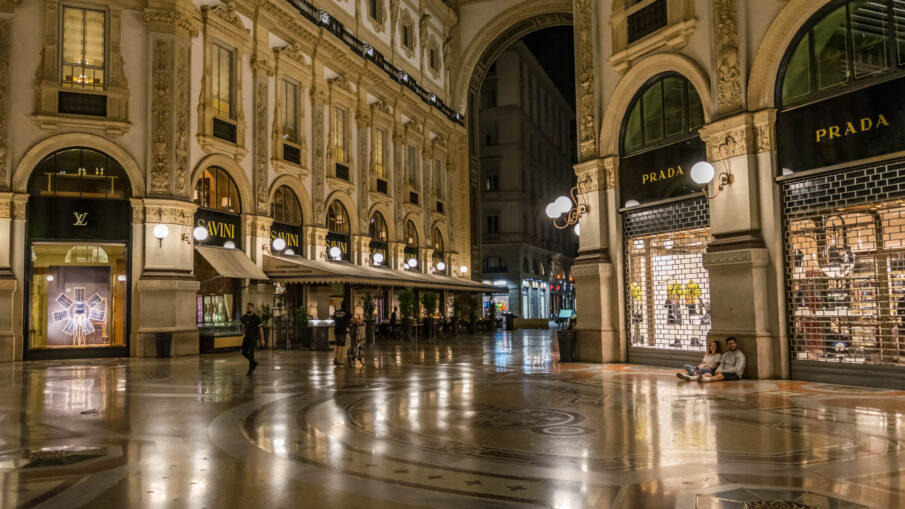
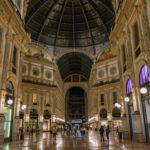
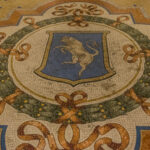
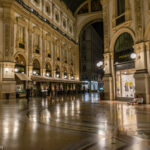
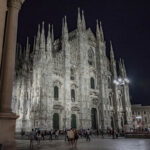
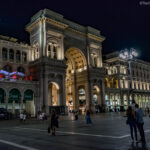
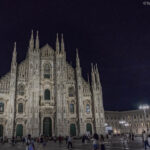
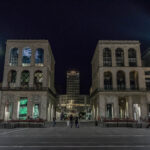
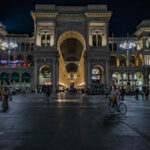
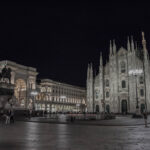
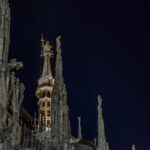
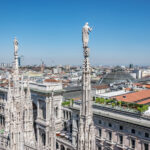
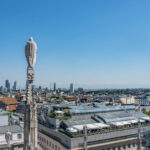
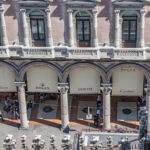
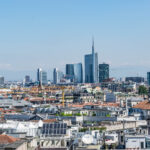
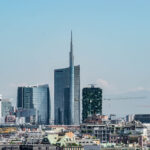
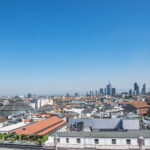
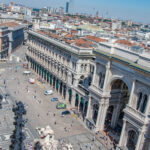
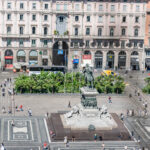
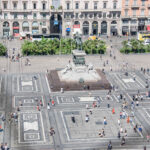

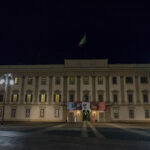
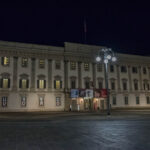
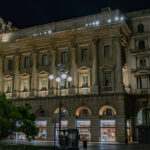
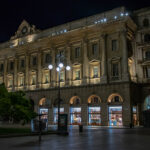
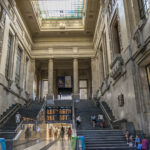
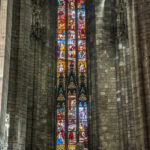
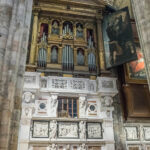
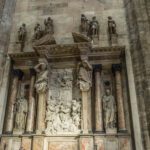
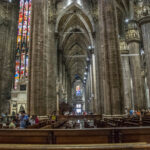
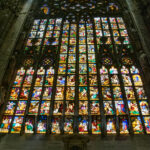
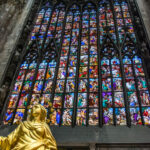
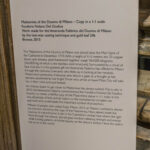
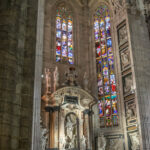
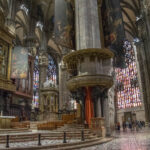
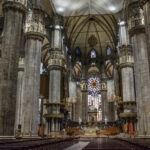
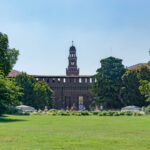
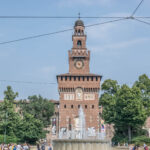
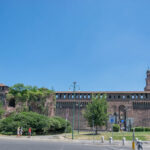
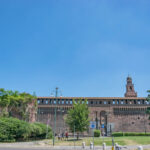
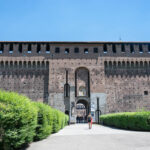
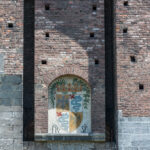
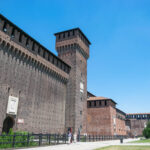
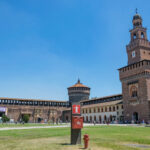
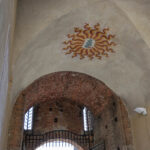
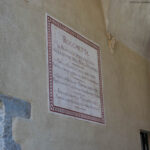
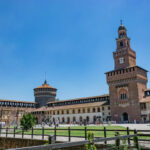
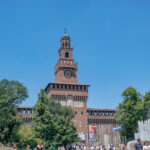
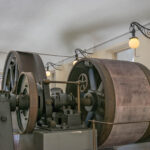
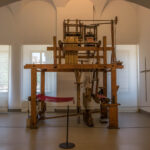
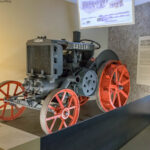
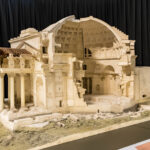
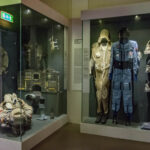
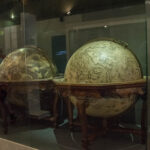
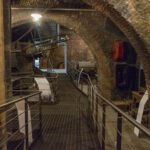
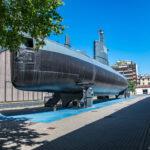
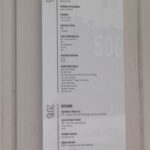
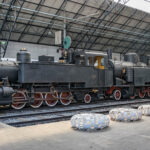
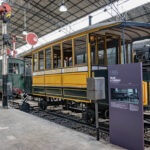
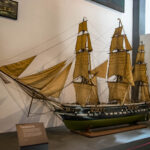
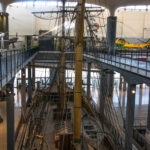
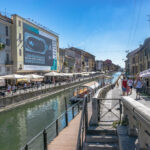
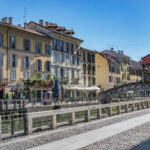
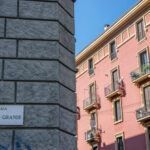
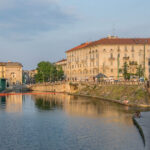
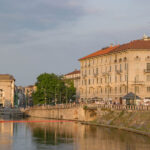
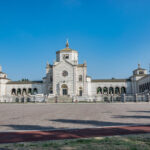
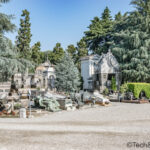
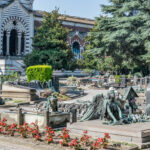
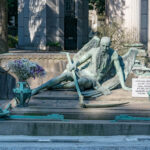
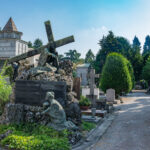
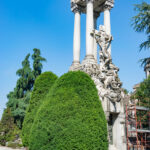
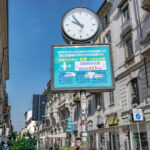
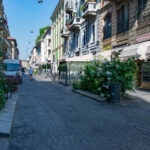
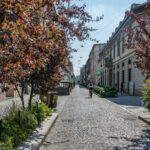
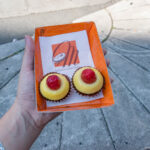

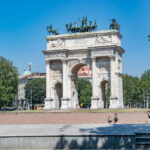
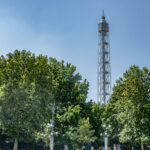
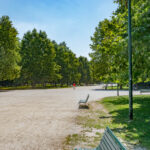
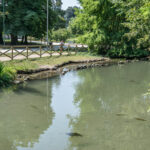
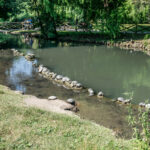

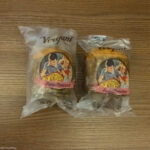
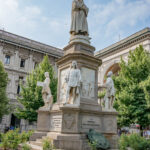
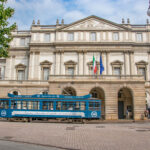
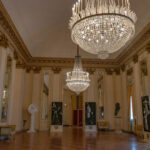
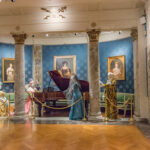
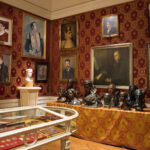
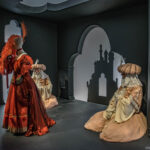
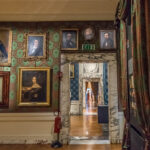
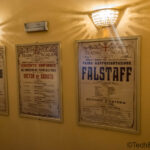
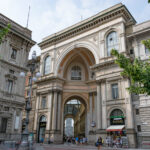
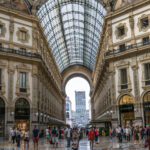
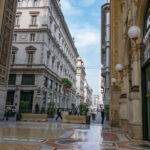
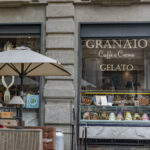
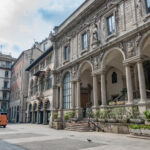
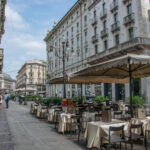
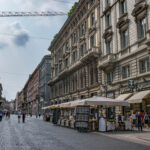
Leave a Reply